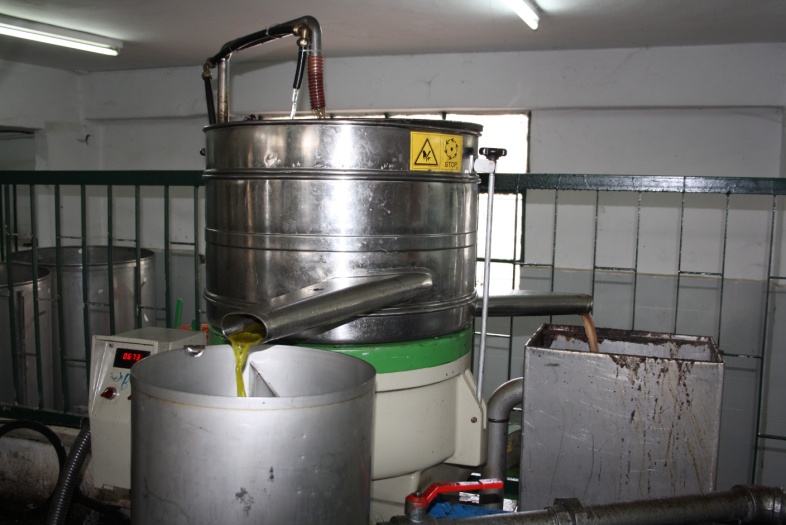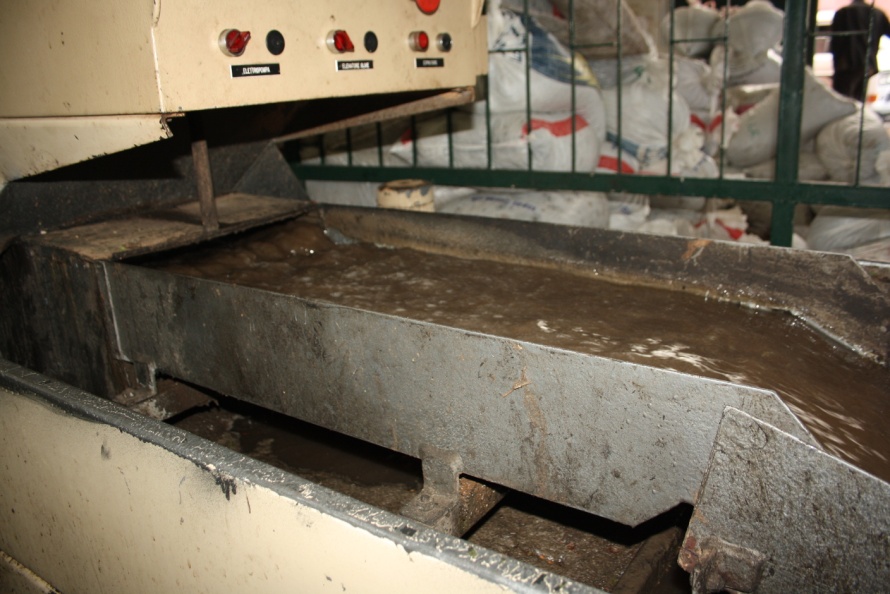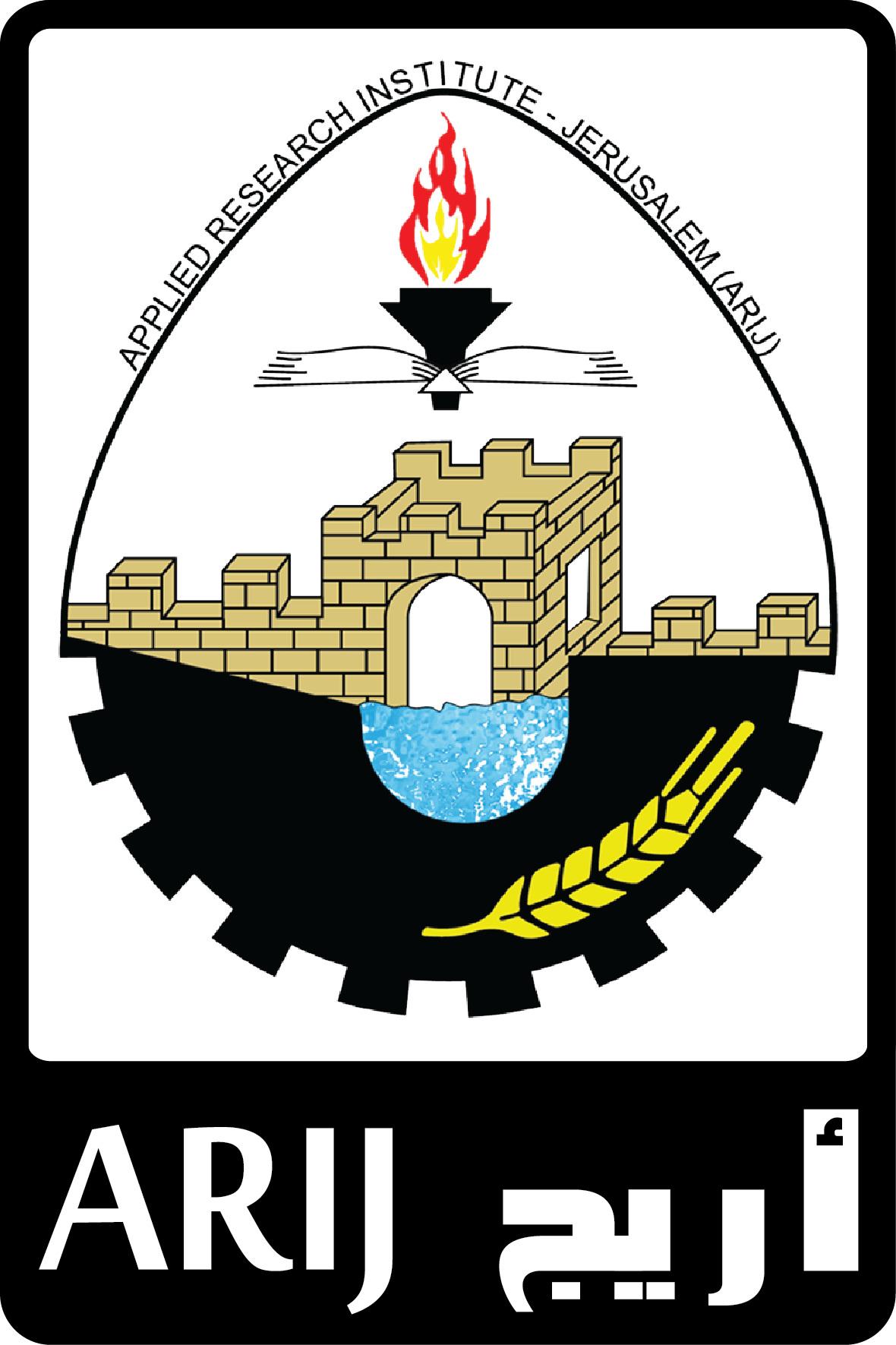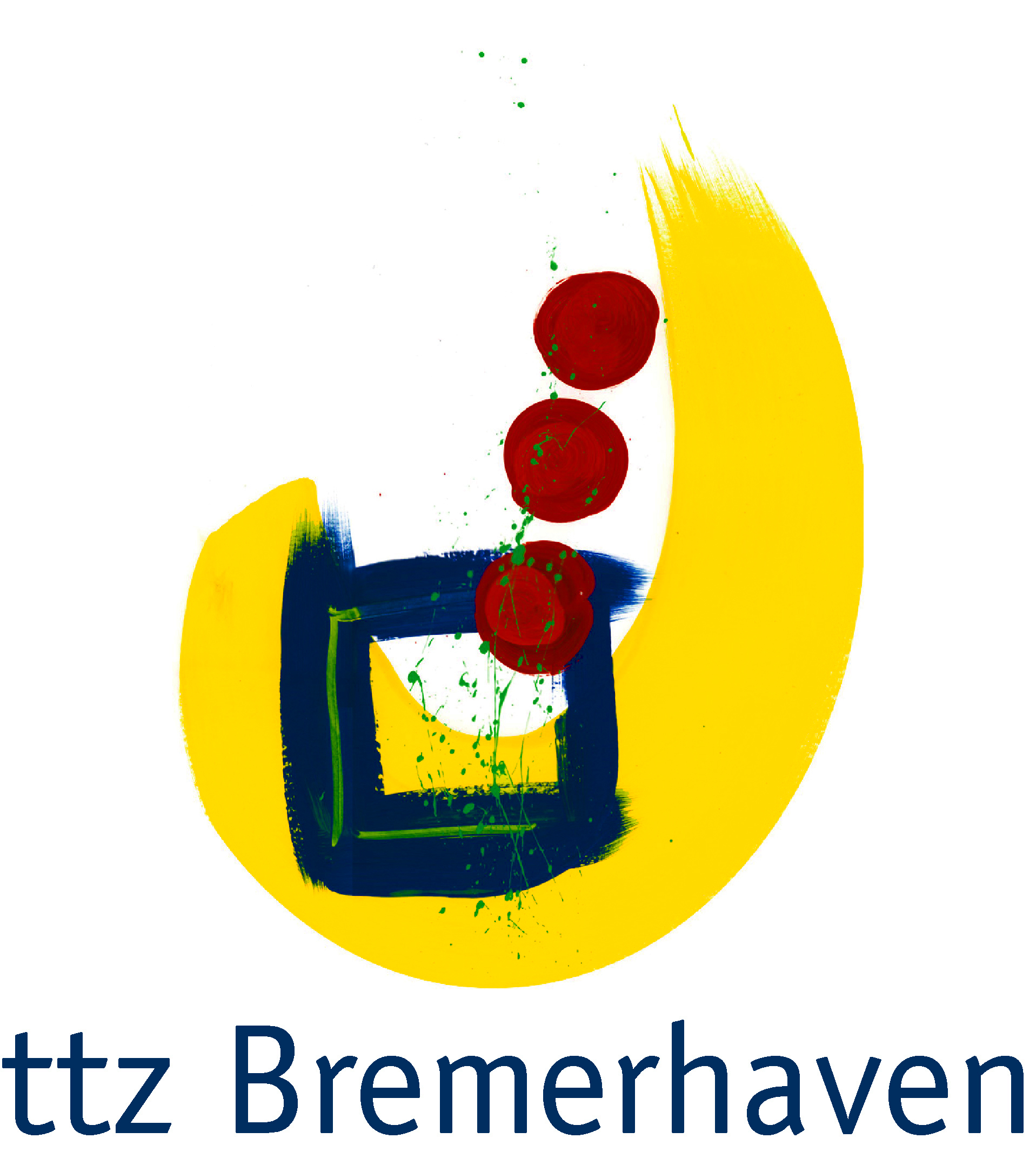Olive and olive oil industry in Palestine in 2013
Capacity Building for Sustainable Treatment and Valorization of Olive Mill Waste in Palestine
Olive and olive oil industry in Palestine in 2013
In Palestine olive farming and processing is a significant agricultural sector because ofits historical, cultural, religious, economic and political values. Besides that, the olive sub-sector contributes to the national economy and showshigh potential for development.
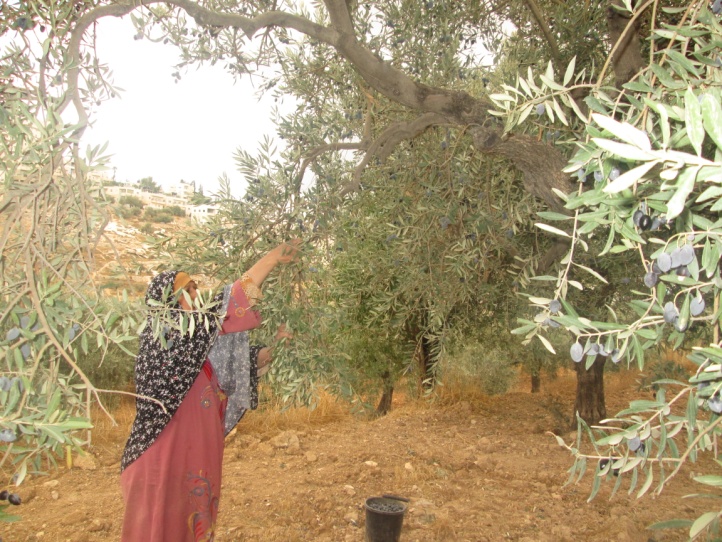 Over half of the total arable land in Palestine is planted with olive trees. The industry creates income for around 100 000 families (constituting of 20 000 waged workers employed during the olive harvest and 80 000 land-owning households)[1]. Olive farming is responsible for up to 25% of agricultural income. The added value of olive pressing activities totaled around USD 6.5 million in 2013, and intermediate consumption and output of olive presses totaled around USD 2.1 million and USD 8.6 million respectively. The Portland Trust recently released a report detailing Palestinian olive press economic activity in 2013. Compared to worldwide olive oil exports, Palestinian exports are only a small share, ranking 25th in the world.
Over half of the total arable land in Palestine is planted with olive trees. The industry creates income for around 100 000 families (constituting of 20 000 waged workers employed during the olive harvest and 80 000 land-owning households)[1]. Olive farming is responsible for up to 25% of agricultural income. The added value of olive pressing activities totaled around USD 6.5 million in 2013, and intermediate consumption and output of olive presses totaled around USD 2.1 million and USD 8.6 million respectively. The Portland Trust recently released a report detailing Palestinian olive press economic activity in 2013. Compared to worldwide olive oil exports, Palestinian exports are only a small share, ranking 25th in the world.
Data shows that Palestinian olive farmers’ yields suffered severely in 2013. From 2012 to 2013 the number of olive presses in operation decreased by 5%, from 279 to 264 operational presses (230 fully automatic and 34 were half automaticand traditional presses). Almost 105 000 tons of olives were pressed in 2012 which is significantly more than the 65,829.4 tonsof olives pressed in 2013; 23.0% of which was in Jenin and Tubas governorates, followed by 20.2% in Ramallah & Al-Bireh governorate[3]. The amount of olive oil extracted decreased from 22 951 in 2012 to 17 143.9 tons in 2013. The extraction rate varied by governorate and was highest in Tulkarm governorate in the West bank at 30.3% and lowest in Khan Yunis and Rafah governorates in the Gaza strip at 20.1%. The average extraction rate of olive presses in Palestine was 26.8%.
The majority of olive presses used a tight cesspit to dispose of the liquid waste (zebar) and waste water: 50.04% and 47.7% respectively. About 93.6% of olive presses return olive cake, a byproduct of the pressing process, to owners (olive farmers). Olive cake (jeft) is considered as an important energy source, especially in rural areas.
Figure 1: the liquid waste (zebra) and waste water generated during olive oil production
Total employment levels suffered in 2013 and the percentage of waged workers decreased by 12% from 73% to 64% with 1119 persons involved in olive pressing activities (PCBS Olive Press Survey 2013). Total compensation decreased from $1 million to $0.7 million USD. Overall employment fell by 8% from 2012[4] The olive press industry saw a 63% drop in the sector’s gross fixed capital formation from 2012 going from $3.2 million to $1.2 million. The primary reasons given were weak investment and persisting land and natural resource restrictions imposed by the Israeli Government over the past decades which severely affects Palestinian farmers’ yields. Oxfam emphasizes that limits on access to their land prevents farmers from taking care of their groves, preventing optimum soil tillage and pruning of trees which are regarded as important factors to improve trees productivity.

